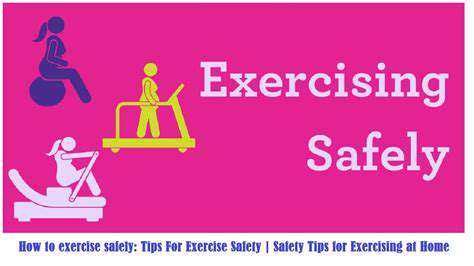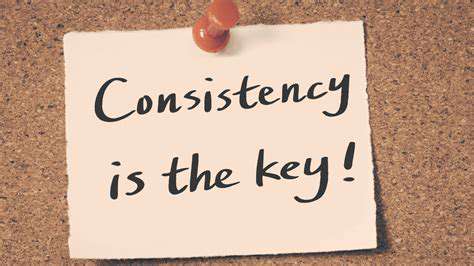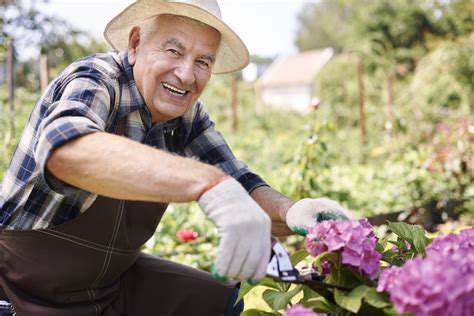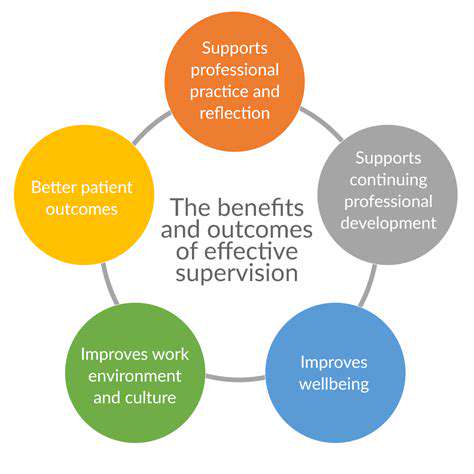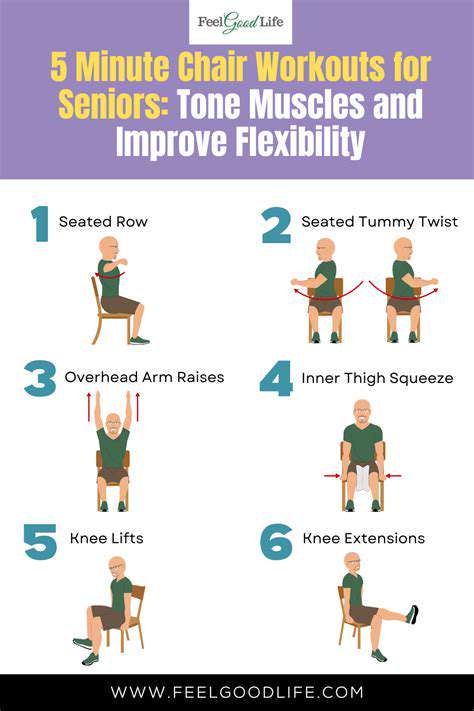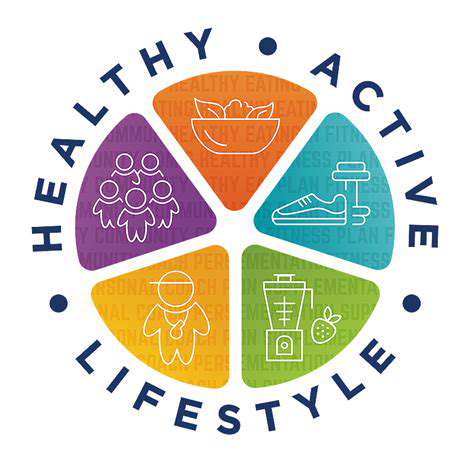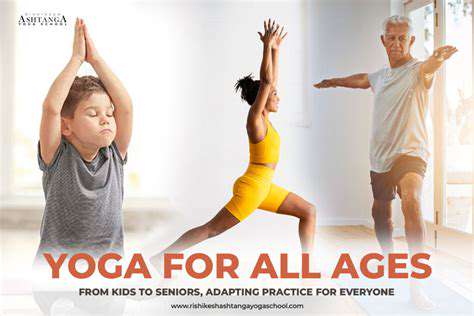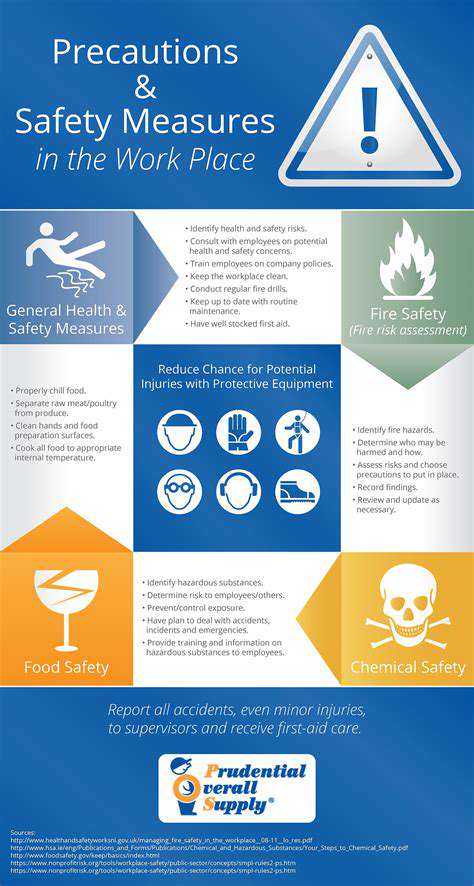Is Gardening Good Exercise for Seniors with Limited Mobility?
- Digging and shoveling: Builds core and upper body strength
- Wheelbarrow use: Develops leg and grip strength
- Pruning overhead: Improves shoulder mobility
- Weeding while kneeling: Enhances hip flexibility
The variety ensures balanced development when tasks are rotated regularly. This functional training approach yields strength that directly supports daily living activities.
Importance of Proper Form
Body mechanics make the difference between therapeutic activity and potential injury. Basic principles include:
- Lifting with legs rather than back
- Avoiding prolonged static positions
- Using tools as extensions of the body to minimize strain
Periodic posture checks during gardening sessions help maintain proper alignment. Many find that alternating between kneeling pads and standing positions prevents stiffness.
Nutrition and Recovery for Optimal Results
The garden itself can provide recovery nutrition - fresh vegetables offer hydration and nutrients to support muscle repair. Post-gardening stretching prevents stiffness, while Epsom salt soaks soothe worked muscles.
Listening to the body's signals prevents overexertion. Mild muscle soreness indicates productive activity, while sharp pain signals the need to stop. Proper hydration during gardening sessions maintains energy and prevents fatigue.
Choosing the Right Plants and Tools
Selecting Low-Maintenance Plants
Plant selection dramatically affects gardening enjoyment. Drought-resistant perennials like sedum or lavender require minimal care while providing lasting beauty. Slow-growing shrubs reduce pruning demands. Many modern plant varieties have been bred specifically for disease resistance and reliability.
The most successful gardeners match plants to both their climate and their personal capacity. Consulting with local nurseries about truly low-care options prevents future frustration. Starting with a few easy-care plants allows confidence building before expanding.
Utilizing Ergonomic Tools
Quality tools transform the gardening experience. Key features to seek include:
- Ratchet mechanisms for easier cutting
- Padded handles that reduce vibration
- Lightweight materials that minimize fatigue
Tool extenders bring the ground within reach without bending. Kneeling benches with handles assist with standing. Investing in a few high-quality, ergonomic tools often proves more economical than replacing cheap versions repeatedly.
Prioritizing Accessibility
Accessible design benefits all gardeners. Key considerations include:
- Positioning frequently used items along main pathways
- Creating clear visual organization systems for tools
- Ensuring adequate space between planting areas for comfortable movement
Many gardeners find that installing simple grab bars near work areas provides welcome support. These thoughtful touches make the garden more welcoming and usable.
Considering Mobility Aids
Various aids can enhance gardening independence:
- Garden scooters allow seated movement between beds
- Reacher tools extend grasp for high or low items
- Adaptive tool holders keep implements accessible
Creative repurposing of everyday items often yields effective solutions. For example, a rolling office chair can become a mobile gardening seat on smooth paths.
Simplifying Watering Techniques
Efficient watering systems save time and energy. Drip irrigation delivers water precisely where needed while conserving resources. Soaker hoses provide gentle, thorough watering without runoff. Timer systems automate the process completely.
For manual watering, lightweight hoses with ergonomic nozzles reduce strain. Strategic placement of water sources minimizes carrying distance. Many gardeners position rain barrels at key points for convenient access.
Ensuring Proper Lighting and Support
Thoughtful lighting extends usable gardening time while improving safety. Solar path lights mark boundaries without wiring. Task lighting at workstations enables detailed work. Motion-activated lights provide security.
Plant supports should be installed early to avoid later struggles. Sturdy, rust-resistant materials withstand weather while maintaining stability. Proper support prevents both plant damage and gardener strain from emergency repairs.
Maintaining a Safe and Comfortable Environment
Safety enhancements create peace of mind:
- Non-slip surfaces on wet areas
- Clearly marked elevation changes
- Emergency communication options
Comfort features like shaded seating areas encourage regular enjoyment of the garden. Storage solutions keep walkways clear while protecting tools from weather damage.
Cultivating a Sense of Community and Purpose
Gardening as a Social Connector
Community gardening initiatives provide structured social opportunities while yielding tangible results. Many programs offer adapted plots and shared resources. The collaborative nature of these projects builds relationships naturally through shared purpose.
Intergenerational programs create meaningful exchanges of knowledge and energy. Seasonal events like harvest festivals celebrate collective achievements while strengthening community bonds. These connections often extend beyond the garden, creating lasting friendships.
Discovering Purpose Through the Garden
The garden offers daily evidence of care and growth. Even small successes - a thriving herb pot or successful seedling - provide validation. Many gardeners find that sharing their harvest with food banks or neighbors amplifies this sense of purpose.
The cyclical nature of gardening provides continuous renewal of purpose through the seasons. Planning next year's garden during winter months maintains engagement during inactive periods. Documenting progress through photos or journals makes accomplishments more visible.
Physical and Mental Well-being Through Gardening
The combination of physical activity, nature exposure, and purposeful work creates powerful mental health benefits. Gardening provides:
- Natural stress reduction through rhythmic, focused activity
- Cognitive stimulation through continuous learning opportunities
- Emotional satisfaction from nurturing living things
The garden becomes a sanctuary for many, offering both physical and psychological restoration. This holistic benefit makes gardening particularly valuable for overall well-being.
